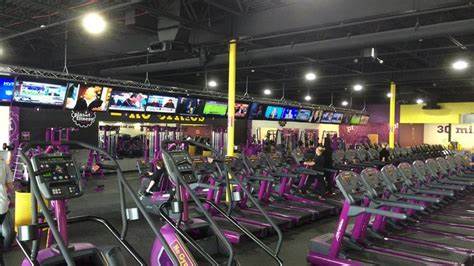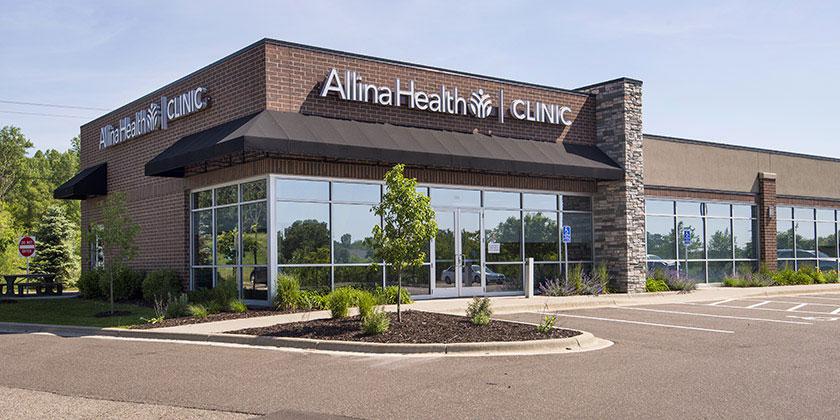A USC-led group of researchers to find that mind age, a neuroimaging-based evaluate of world mind well being, might play a task in post-stroke results and may just probably lend a hand determine folks in danger for poorer results.
By way of Sidney Taiko Sheehan

Mind age associations in folks with stroke. (A) Visualization of correlations
between predicted mind age and region-of-interest measurements. Hotter colours point out more potent detrimental associations (e.g., better volumes related to youthful predicted mind age), whilst cooler colours point out more potent sure associations (e.g., better ventricles related to older predicted mind age). (B) Chronological age by means of predicted mind age throughout all of the pattern.
(Picture credit score: USC Stevens INI, Neurology®)
A brand new learn lead by means of a group of researchers on the Keck Faculty of Medication of USC displays that youthful “mind age,” a neuroimaging-based evaluate of world mind well being, is related to higher post-stroke results. The findings may just result in higher techniques to are expecting post-stroke results and be offering perception on new attainable remedy objectives to toughen restoration.
Figuring out why some stroke survivors display higher restoration than others in spite of an identical harm to the mind has been a essential objective in stroke analysis, since it would lend a hand researchers increase higher stroke rehabilitation remedies. All through a stroke, blood drift to a part of the mind is bring to an end. With out oxygen, mind cells are broken and sooner or later die, leading to mind harm referred to as a lesion. Research have proven that individuals with an identical quantities of lesion harm can revel in various quantities of restoration. A lot analysis previously twenty years has centered at the explicit location of mind harm and the way the lesion impacts attached networks within the mind.
This learn, printed April 4, 2023 in Neurology®, takes into account international mind well being, a brand new approach of inspecting the well being of the mind in keeping with its mobile, vascular, and structural integrity. Even though international mind well being has been broadly tested in growing old and neurodegenerative illness comparable to Alzheimer’s illness, it had no longer in the past been studied with regards to stroke rehabilitation results. Led by means of Sook-Lei Liew, PhD, of the Keck Faculty of Medication’s Mark and Mary Stevens Neuroimaging and Informatics Institute (Stevens INI), the group of researchers concerned with a selected measure of world mind well being referred to as mind age, which examines the biology of the apprehensive gadget thru complete mind structural neuroimaging, hypothesizing that the integrity of residual mind tissue, or what’s left after the stroke, is also essential for post-stroke results.
Mind age is a biomarker that predicts chronological age in keeping with neuroimaging of constructions comparable to regional thickness, floor space, and volumes, and is calculated the usage of complex gadget finding out algorithms, which were broadly studied on the Stevens INI. The next mind predicted age distinction, calculated as the adaptation between an individual’s predicted mind age minus their chronological age, means that the mind seems to be older than the individual’s chronological age. An older-appearing mind has been related to Alzheimer’s illness, main melancholy, nerve-racking mind damage, and extra.
“Mind age has no longer been broadly explored in stroke. A large number of stroke analysis has concerned with how harm to the mind leads to detrimental well being results, however there was much less analysis on how the integrity of the rest mind tissue helps restoration. We anticipated that younger-appearing brains can be buffered from the consequences of the lesion harm and due to this fact have much less affects on habits,” says Sook-Lei Liew, PhD, lead creator of the learn and affiliate professor with joint appointments on the Stevens INI, the Chan Department of Occupational Science and Occupational Treatment, the Department of Biokinesiology and Bodily Treatment, and the USC Viterbi Faculty of Engineering.
The analysis group carried out an observational learn the usage of a multi-site knowledge set of three-D mind structural MRIs and medical measures from ENIGMA Stroke Restoration, a collaborative operating team of greater than 100 mavens international who pool in combination post-stroke MRI knowledge to create well-powered, various samples. The main project of the crowd is to create a world community of stroke neuroimaging facilities concerned with figuring out the mechanisms of stroke restoration.
The brand new learn confirmed that youthful mind age is related to awesome post-stroke results. The researchers notice that inclusion of imaging-based tests of mind age and mind resilience might toughen the prediction of post-stroke results and open new probabilities for attainable healing objectives.
“The well being of your general mind can give protection to you from the practical penalties of stroke. This is, the fitter your mind is, first, the fewer most probably you’re to have a stroke, and 2d, the fewer most probably you’re to have deficient results when you do have a stroke. There’s such a lot analysis at the growing old mind at this time, and therapeutics being evolved to gradual mind growing old. This learn ties mind growing old to stroke results, so any therapeutics evolved to gradual mind growing old may also be useful to toughen results after stroke,” notes Liew.
For this learn, the group of mavens used high-resolution MRI knowledge from analysis research. They plan to growth their mind age evaluate paintings by means of making use of it to regimen medical MRI knowledge to resolve if it may be an simply applied biomarker for stroke rehabilitation results. Researchers on the Stevens INI collaborate on quite a lot of stroke analysis, together with the Stroke Pre-Medical Overview Community (SPAN), which used to be established to deal with an important want within the medical investigation of stroke remedy. Moreover, Liew and different USC collaborators lately launched an expanded, open-source knowledge set of mind scans from stroke sufferers in hopes of increasing large-scale stroke restoration analysis.
For more info, and for a whole record of investment for this analysis, you’ll be able to get admission to the paper right here.
Supply By way of https://keck.usc.edu/international-study-shows-link-between-brain-age-and-stroke-outcomes/

















